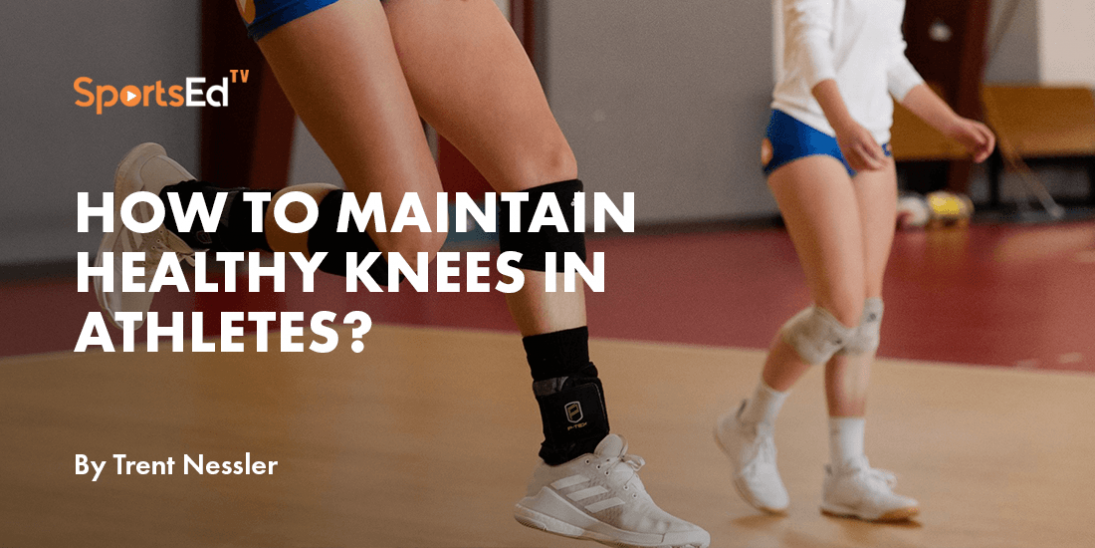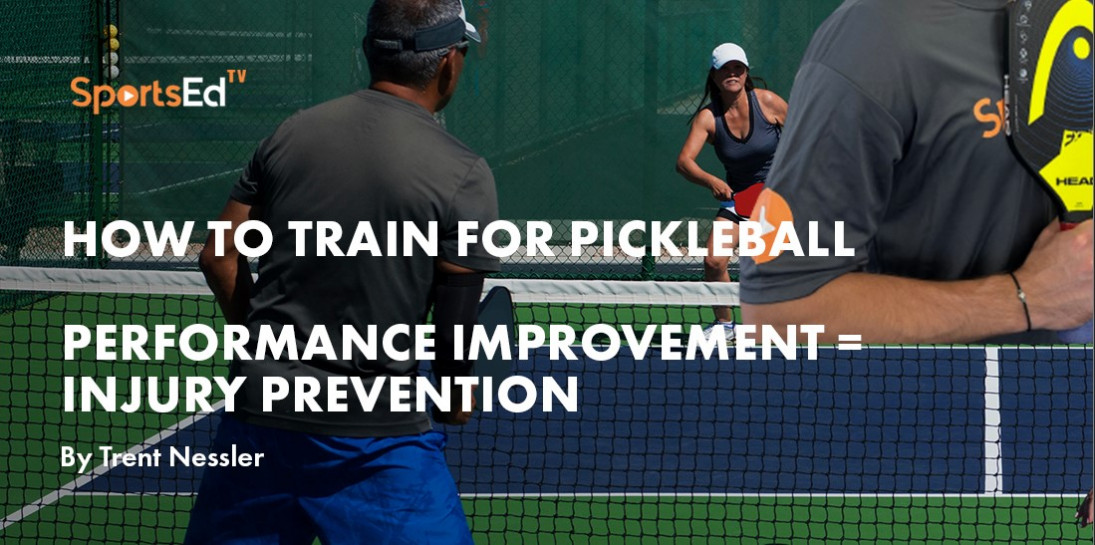Pickleball, Stretching
Welcome and thanks for visiting...

Achilles Tendon: Understanding and Preventing Injuries in Pickleball Players
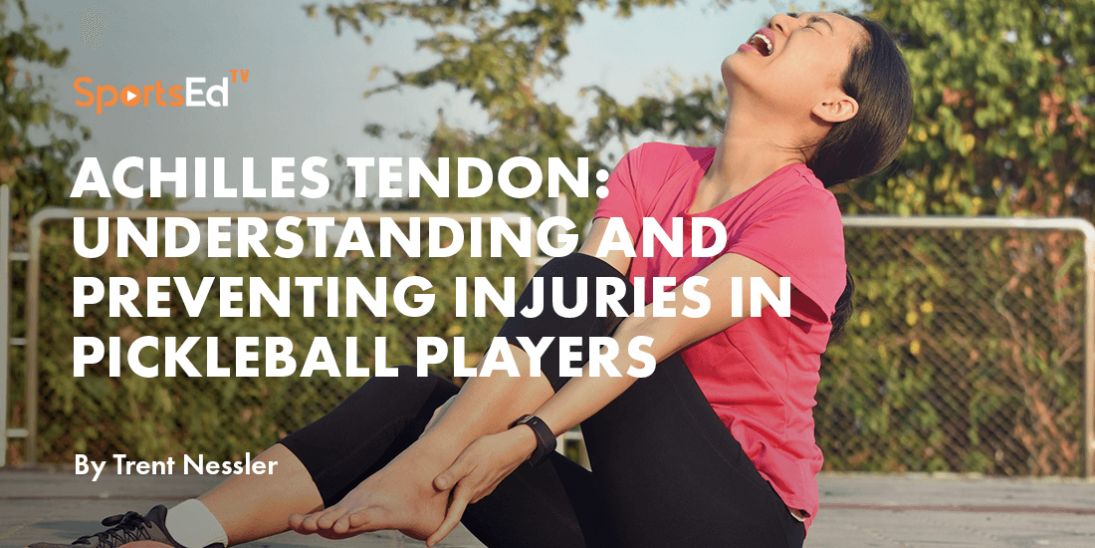
Introduction to Sports Injuries
Anyone participating in any sport has the potential to suffer an injury. Some sports, like football, have a higher risk of injury, while others, like bowling, pose a lower risk. With the rapid popularity surge of pickleball, certain injuries specific to this sport have become more prominent. Most of these injuries are non-contact, where no collision with another player happens. Many of these can be prevented or reduced in severity with the right preventative strategies.
The Achilles Tendon and Its Significance
In pickleball, there's a noticeable increase in the number of Achilles tendon tears among players. The Achilles tendon is a thick band located at the back of the leg, connecting the gastrocnemius and soleus muscles to the heel (calcaneus). It's the human body's strongest tendon and plays a vital role during jogging, running, and sprinting, especially when accelerating from a complete stop or jumping.
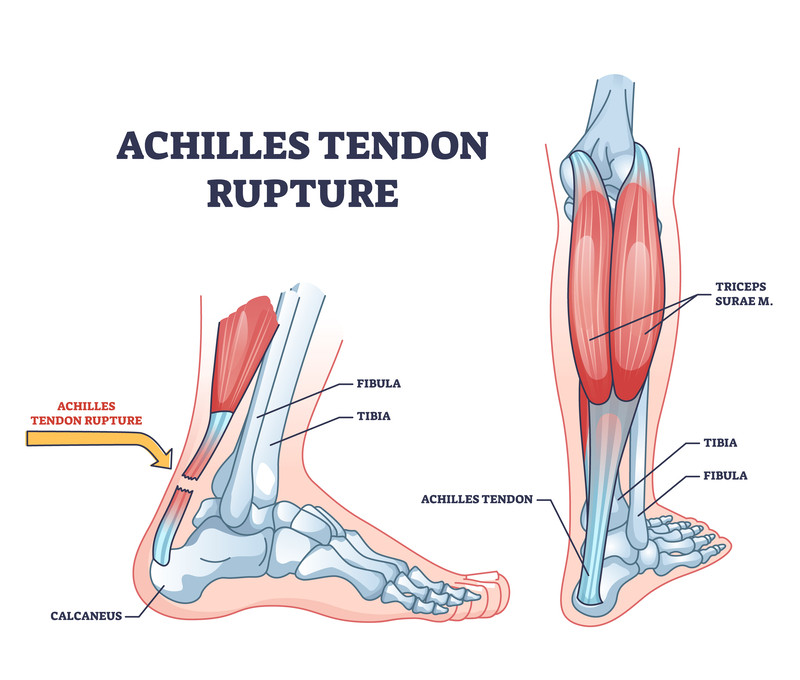
Factors Leading to Injuries and Their Prevention
While it's impossible to prevent all injuries, specific risk factors are associated with Achilles tendon tears. If the calf muscles linked to the Achilles tendon are overly tight or lack strength, endurance, or power, they can place excessive stress on the tendon, leading to tears or ruptures. As with all sports, cross-training is crucial. Incorporating targeted training to enhance the calf muscles' flexibility, strength, and power (gastrocnemius and soleus) can help prevent such injuries.
The Importance of Flexibility in Injury Prevention
Maintaining good calf muscle flexibility is essential. One recommended calf stretch also emphasizes stretching the big toe. While the Achilles tendon connects at the heel, its fascia extends over the heel's back and continues to the foot's base, transitioning into the plantar fascia. Stretching in this manner benefits the calf muscles and provides a comprehensive stretch up to the plantar fascia. This approach aids in preventing plantar fasciitis while ensuring foot flexibility and mobility for full-range activities like sprinting and jumping. Static stretches should be held for 45-60 seconds without bouncing for effective results. Dynamic stretches, like the dynamic sumo and dynamic lunge, can complement your routine.
Calf Strengthening Exercises for Better Performance and Safety
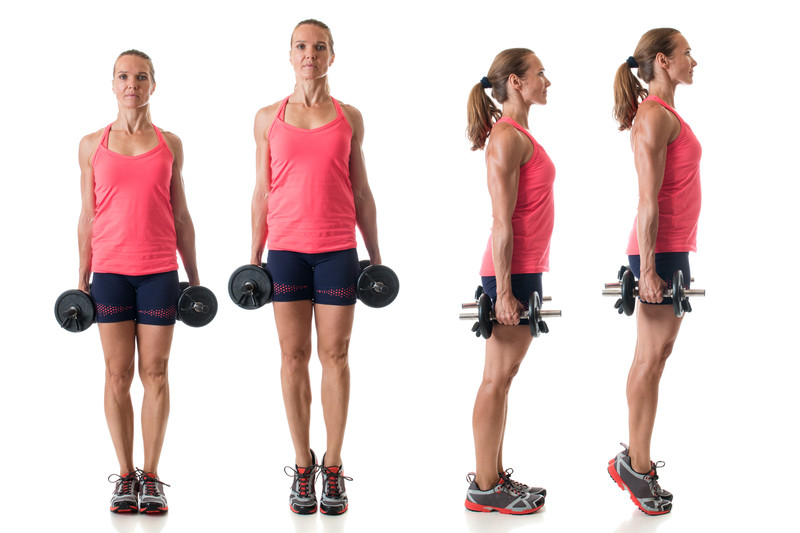
In addition to the above stretches, incorporating calf-strengthening exercises can be beneficial. Calf raises, either performed on the ground or a step for a greater range of motion, are recommended. While performing these, concentrate on the raising (concentric) and lowering (eccentric) phases. Prioritizing the eccentric phase enhances the calf's strength in this aspect, which is crucial for pickleball. Aim for 3-4 sets of 20-30 reps to build the required strength and endurance for the game. As your strength progresses, consider single-leg exercises and then transition to single-leg hops. This training prepares the body for the dynamic stresses of pickleball.




